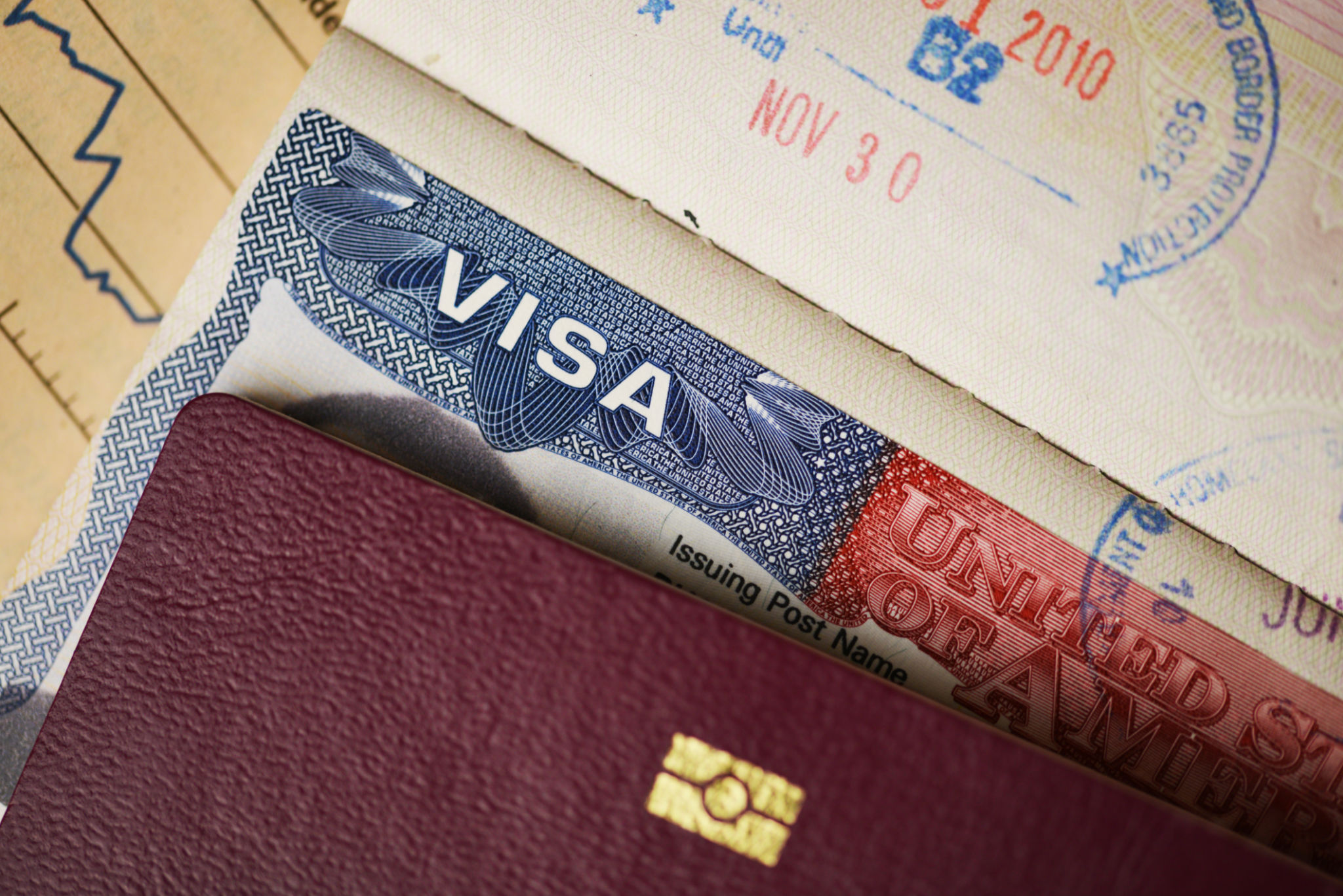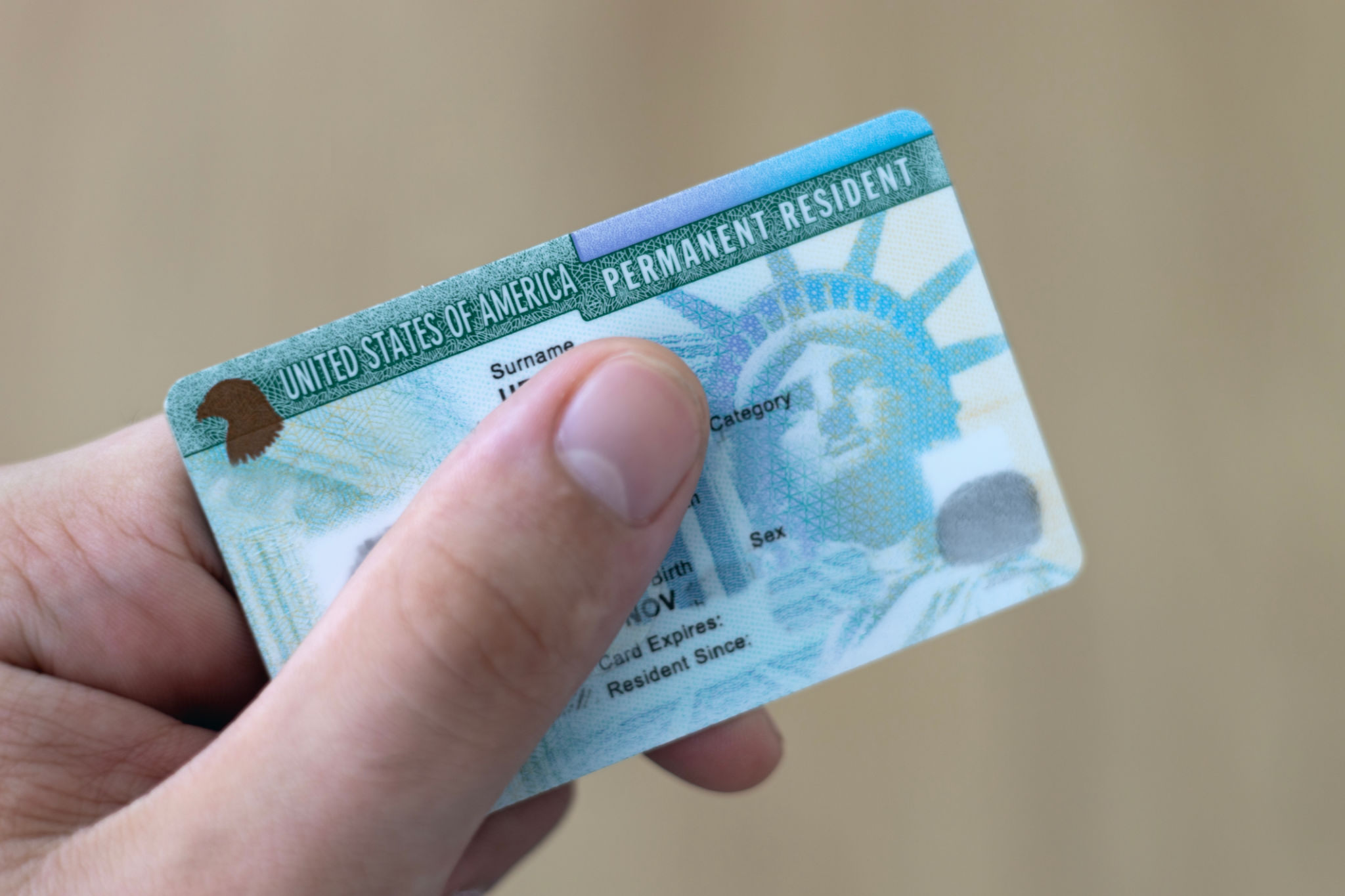Understanding the U.S. Immigration Process: A Comprehensive Guide
Introduction to the U.S. Immigration Process
Understanding the U.S. immigration process can be daunting due to its complexity and the multiple pathways available. Whether you are seeking a visa, permanent residency, or citizenship, knowing the steps involved is crucial to navigating the system effectively. This comprehensive guide aims to break down the essential elements of the immigration process.

Types of U.S. Visas
The U.S. offers a variety of visas for different purposes, each with its own requirements and procedures. Broadly, visas are categorized into non-immigrant visas and immigrant visas. Non-immigrant visas are temporary and include categories such as tourist (B-2), student (F-1), and work visas (H-1B). Immigrant visas, on the other hand, are for those seeking to live permanently in the U.S.
Non-Immigrant Visas
Non-immigrant visas are suitable for individuals planning to visit the U.S. for a limited time. These visas require applicants to prove their intent to return to their home country after their stay. Common non-immigrant visas include:
- B-1/B-2 Visitor Visas: For business or tourism purposes.
- F-1 Student Visa: For academic studies at a U.S. institution.
- J-1 Exchange Visitor Visa: For cultural and educational exchange programs.
Immigrant Visas
Immigrant visas allow foreign nationals to live permanently in the U.S. These are often obtained through family sponsorship, employment, or special categories such as refugee or asylum status. The process involves several steps, including a petition filed by a U.S. citizen or lawful permanent resident sponsor.

The Green Card Process
A Green Card, or permanent resident card, is a crucial step for those wishing to live and work in the U.S. permanently. There are various paths to obtaining a Green Card, including employment-based, family-sponsored, and through the Diversity Visa Lottery program.
Employment-Based Green Cards
These Green Cards are for foreign nationals who have secured employment in the U.S. The employer typically sponsors the applicant after proving that there are no qualified U.S. workers available for the position. The process involves labor certification and approval from U.S. Citizenship and Immigration Services (USCIS).

Becoming a U.S. Citizen
After holding a Green Card for a certain period, residents may apply for U.S. citizenship through naturalization. The process includes requirements such as continuous residence, good moral character, and knowledge of English and U.S. civics.
Naturalization Process
The naturalization process involves several steps: filing Form N-400, passing a citizenship test, and attending an interview. Successful applicants take an oath of allegiance during a naturalization ceremony, marking their official status as U.S. citizens.
Challenges and Considerations
The U.S. immigration process can be lengthy and complex, often requiring legal assistance to navigate successfully. It's important to be aware of potential challenges such as application backlogs and policy changes that may affect eligibility or processing times.

Understanding these elements of the U.S. immigration process can help individuals and families make informed decisions about their future in the United States. Staying informed and seeking appropriate guidance are key factors in achieving immigration goals.
